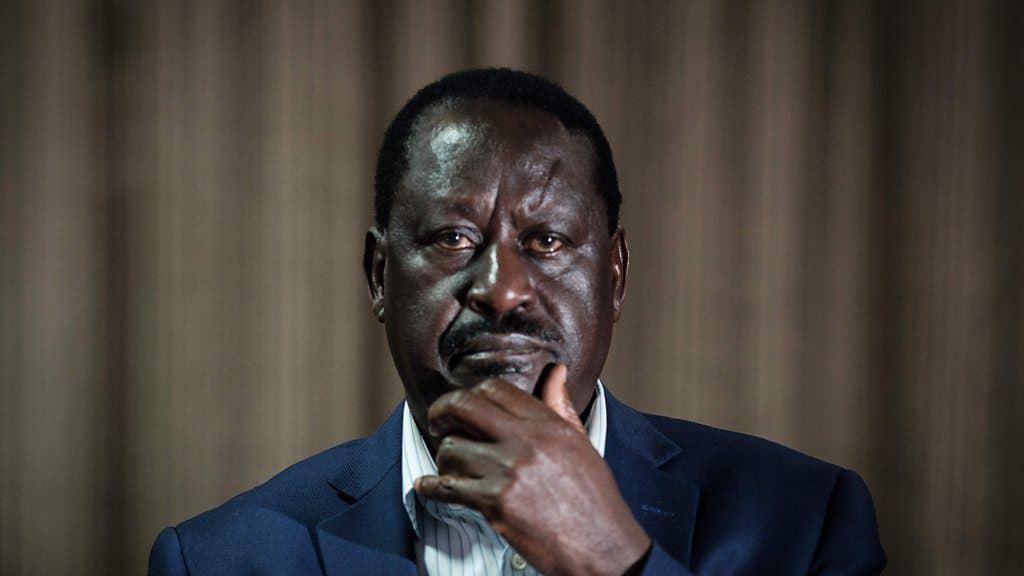Rich Content:
The rise of political polarization has become one of the defining features of modern democracies. From the United States to Europe, the political center has all but disappeared, leaving a landscape dominated by increasingly radical ideologies on both the left and right. This growing divide has paralyzed governments, undermined public trust in democratic institutions, and left many nations grappling with how to manage escalating tensions. As the rift between political factions widens, the very foundations of democracy are being tested like never before.
The Roots of Political Polarization
Political polarization has been fueled by a variety of factors, including social media, identity politics, and economic inequality. The digital age, in particular, has amplified differences and created echo chambers where individuals only encounter ideas and opinions that reinforce their existing beliefs.
Social Media and Echo Chambers: Platforms like Facebook, Twitter, and Instagram are not neutral players. Their algorithms are designed to keep users engaged by presenting content that aligns with their views, further entrenching divisions. As a result, individuals are increasingly exposed only to perspectives that validate their existing ideologies, deepening mistrust of opposing views.
Economic Inequality: Economic anxiety has also played a major role in driving polarization. As wealth gaps have widened, large segments of the population feel left behind, leading to a rise in populism. Both right-wing and left-wing populist movements have gained traction by promising radical solutions to economic issues, but they have also further entrenched partisan divides.
In addition to economic concerns, cultural issues such as immigration, LGBTQ+ rights, and climate change have become highly politicized, making compromise increasingly difficult.
Polarization in the United States: A Political Crisis
Perhaps no country exemplifies the dangers of polarization more than the United States. Once known for its ability to compromise and maintain a relatively stable political system, the U.S. has become a case study in how deep divisions can destabilize a democracy.
Partisan Gridlock: Congress, the legislative body at the heart of U.S. democracy, has been largely ineffective in recent years due to partisan gridlock. Key legislation on immigration, health care, gun control, and climate change remains stalled as Republicans and Democrats fail to find common ground. This dysfunction has led to a growing sense of frustration among the public, who feel that their government is incapable of addressing pressing issues.
Eroding Trust in Institutions: Alongside gridlock, trust in key democratic institutions—Congress, the Supreme Court, and the media—has plummeted. Partisanship has seeped into every level of government, with many Americans viewing institutions as biased towards one party or another. Even the results of elections, long seen as the cornerstone of democratic legitimacy, have been called into question by partisan actors.
The 2020 Presidential Election and the subsequent January 6th attack on the U.S. Capitol were stark reminders of how fragile democracy can be in the face of growing mistrust and extremism.
Europe: Fragmentation and the Rise of Extremism
In Europe, polarization is manifesting through the rise of extremist parties and the fragmentation of traditional political landscapes. Where once the center-right and center-left dominated, now far-right nationalist and left-wing populist parties are gaining ground.
France’s National Rally and Leftist Movements: In France, the far-right National Rally party, led by Marine Le Pen, has tapped into fears over immigration, identity, and the European Union. At the same time, left-wing movements like La France Insoumise are capitalizing on discontent with economic inequality, creating a polarized electorate where centrist candidates struggle to gain traction.
Germany’s AfD: In Germany, the rise of the far-right Alternative for Germany (AfD) has similarly highlighted deep cultural and economic divisions. The AfD has capitalized on anti-immigration sentiment and frustration with the political elite, positioning itself as a force for radical change.
Even in the United Kingdom, Brexit has left a deeply polarized society, with strong divisions between those who supported leaving the EU and those who voted to remain. The political landscape in the UK remains fractured, as successive governments struggle to heal the rift.
The Impact of Polarization on Governance
The consequences of political polarization are profound, and they extend far beyond just election results. As the political spectrum becomes increasingly divided, the ability of governments to function effectively is compromised.
Dysfunctional Legislatures: Polarization leads to legislative paralysis, where passing laws becomes a near-impossible task. In parliamentary systems, coalition governments become fragile and unstable as ideological differences make cooperation difficult. In presidential systems, executive action is often hampered by opposition from the legislative branch.
Policy Extremes: When policies do manage to get passed, they tend to reflect the priorities of the most radical elements of the ruling party. This leads to a pendulum effect, where successive governments undo the policies of their predecessors, creating instability and confusion.
Increased Civil Unrest: As political polarization deepens, societies become more prone to civil unrest. Protests, strikes, and even violent confrontations between political factions are becoming more common in polarized societies. In countries like the U.S. and France, street protests have become a regular feature of political life, while in others, such as Brazil and India, polarization has led to clashes between supporters of rival political movements.
Can Democracies Survive Polarization?
As political systems buckle under the weight of polarization, the question arises: can democracies survive this growing divide? The answer depends largely on the ability of political leaders and institutions to adapt to new realities.
Reforming Electoral Systems: Some political scientists argue that reforms to electoral systems, such as ranked-choice voting or proportional representation, could help reduce polarization by encouraging moderation and compromise. These systems allow for more nuanced voting, where voters can express preferences without fear of "wasting" their vote on a less popular candidate.
Building Civic Trust: Restoring faith in democratic institutions is crucial. This requires transparency, accountability, and efforts to reduce partisanship in key institutions like the judiciary and the media.
Dialogue and Compromise: Ultimately, the survival of democracy hinges on the ability of political factions to engage in dialogue and compromise. Without this, the divide will only deepen, and the risk of authoritarianism or political breakdown will grow.
Conclusion: The Danger of Inaction
Political polarization is not a passing phase—it is a structural issue that is increasingly embedded in the fabric of modern democracies. If left unaddressed, polarization has the potential to paralyze governments, erode public trust, and even lead to the collapse of democratic systems. The time for action is now, and it requires bold leadership, institutional reform, and a collective commitment to bridging the divide before it's too late.







